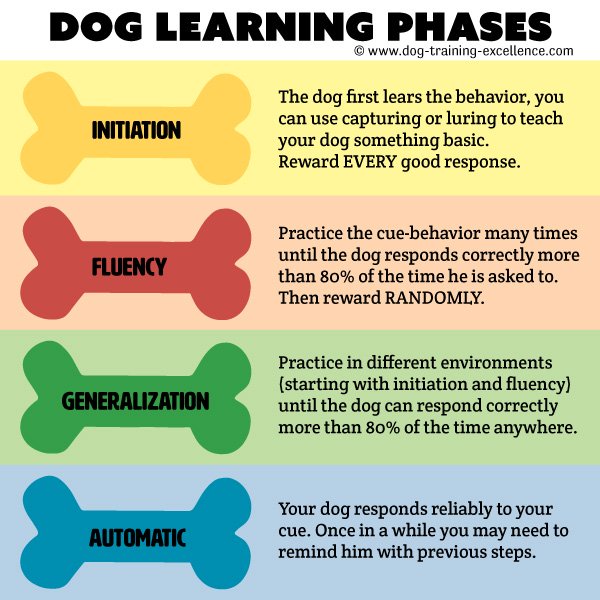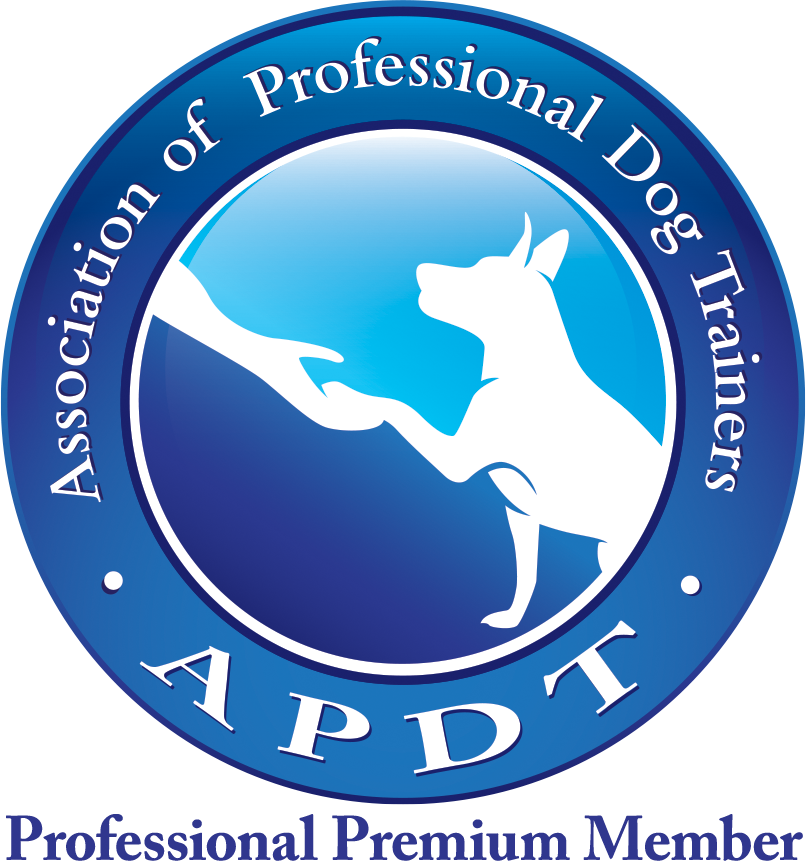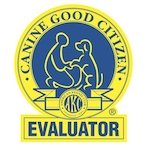I try to write my posts as unbiased as possible and recommend the products I consider to be useful and the best. I use affiliate links, this means that–at no extra cost to you–I can make a commission on a purchase you make after clicking on them. As an Amazon Associate I earn from qualifying purchases.
Secret to a Reliable Dog Training Command
Unlock the magic of a reliable dog training command, a canine cue that transcends distractions and locations. Picture this: your furry friend responding seamlessly, no matter where life takes you. Achieving this harmony requires a blend of positive methods and consistent practice.
Learning has different steps or phases and understanding them will make you a better trainer. Think of it as following a recipe, where each step builds upon the last. It's a straightforward process, but dedication and practice are your secret ingredients.
Discover that while dogs are incredibly intelligent, they don't share all our cognitive skills. Often, we assume they understand something when, in reality, they're still catching up.
Teaching your dog a reliable training command unveils the profound connection between you and your canine companion. Dogs will follow you to the ends of the earth, but communication is the key. By aiding them in learning more effectively, you'll deepen the bond and enhance the reliability of your commands. Let's delve into the world of canine communication and unleash the potential of a reliable dog training command!
Learning Steps to a Reliable Dog Training Command
The Initiation Step:
- Introduce your dog to the behavior you want him to do. Use Luring, Capturing or Shaping to elicit this behavior.
- Mark and give a yummy treat EVERY time your pet responds to the cue or command!
- You will go on to the next step only when your furry friend responds to your command 80% of the time. That is 8 good responses for every 10 times you ask (or 3 out of 5).
Professional tip:
Most people want to reduce the amount of treats too soon. Decreasing reinforcement too soon will only confuse, unmotivate, or create incomplete learning in your dog.
If you like data, write down, for every session, how many times your pet responded correctly out of the number of times you asked. It's important to ONLY repeat the cue ONCE and wait 5 seconds before repeating it again. If your dog did not respond within 5 seconds, you can count that one as missed. If he responds correctly within 5 seconds, count it as a good response.
During this step, you must give a treat for every good response. Don't try to decrease the amount of treats yet!
You are on your way to a reliable dog training command!
The Fluency Step:
- Now we will start reducing the amount of treats, but in a very specific way.
- Instead of giving treats for EVERY good response, we will give treats only to 75% of good responses. The key is to pick the responses that will get a treat in a random manner. This way, your canine friend can't predict when he is going to get a treat and when he isn't.
- You will become a slot machine, sometimes your dog wins, sometimes he doesn't. Because your pet can't predict when a treat is coming, he will continue trying until he get a treat!
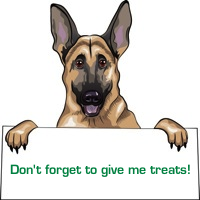
- Even though we are reducing the amount of treats, never reward less than half of good responses. Your dog will become unmotivated very quickly at this stage. I suggest keeping the reinforcement rate high (Give a treat 6-7 times out of 10 good responses).
- You can move on to the next step when you notice that your hound can respond in a "fluent" way. What does this mean? When he responds almost automatically and the behavior is performed faster and better than on the initiation step.
Professional Tip:
During this time focus on improving your dog's response.
For example:
- Is he taking too long to respond? Only give him a treat when he
acts within 2 seconds of your cue.
- Is the behavior not "pretty"? Only give him a treat when the behavior is performed correctly (i.e.:
sitting straight instead of half way to a down!).
- Is your dog not paying attention? Only give him a treat when he responds to the cue AND looks at you at the same time. If he is looking somewhere else, no treat.
In a real life
session, this will look like your are giving treats randomly, but unconsciously you will be rewarding better behaviors and you will see those more and more often.
Your reliable dog training command is almost there!
The Generalization Step:
GENERALIZATION
Generalization is the tendency to respond in the same way to different but similar stimuli. Dogs have a hard time generalizing cues. When you teach a dog to sit, but only practice in your living-room, your dog will sit only in that condition.
If guests are present, he may not do it. Not because he is stubborn but because he hasn't learned to sit in front of other people.
During walks, he may not do it. Not because he is "dominant" but because he hasn't learned to sit during walks.
The generalization step teaches your dog to respond in different situations. Eventually, your dog will respond correctly even in new ones.
- In this step you will be repeating the Initiation and Fluency steps over and over again.
- You will teach your dog to respond to a particular cue under different conditions. - different environments, different distractions, different durations, different distances, etc.
Different environments: different rooms in the house - backyard - front yard - park - your friends or family member's house - pet store - etc.
Different distractions: while a loud noise is heard - while you are doing jumping-jacks - with a ball rolling on the floor - while the kids are running around - etc.
Different durations: ask your dog to sit for 1 sec, then 2 then 5 and so one.
Different distances: ask him to sit when you are 2 steps away, 5 steps, on a different room of the house and so on.
- Each time you pick a new condition start with the initiation step (a treat for EVERY good behavior - until 80% good response), then move on to the fluency step (Give treats randomly and pick the best behaviors), then choose another condition and start over!
You will notice that your pet "learns faster" with each different condition and also with new commands!
Good Job! You are on your way to have a good mannered dog!
- You can move on to the next step when your dog can fluently respond to your command in many different situations.
Profesional tip:
Always start with the easiest conditions (environment, duration, distraction, distance). Your dog will tell you through his successes and failures which conditions are too hard and which ones are too easy. A good rule of thumb to follow is that if your dog can't respond correctly to a cue 3 times in a row, that condition is too hard. You must make that condition a little easier (less time, less distance, lower intensity of a distraction, etc.).
You can move back and forth between easy and hard conditions. In fact, this is highly recommended. If you only increase the difficulty of an exercise, eventually your dog may become frustrated (it always gets harder and harder!). Mixing easy trials in between harder ones helps your dog earn more reinforcement and maintain a high level of motivation.
You now have a reliable dog training command!
The Auto-pilot Step:
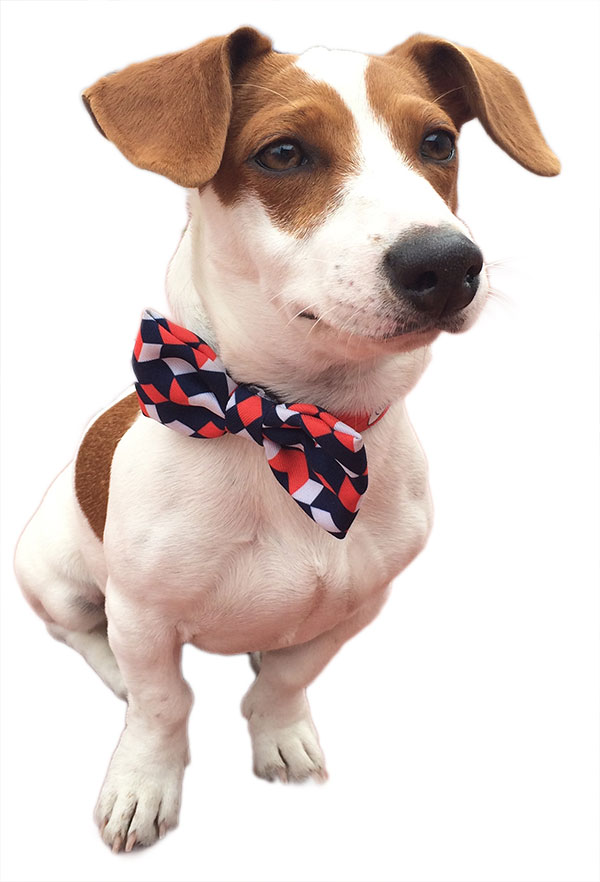
You did it!
With knowledge and practice comes excellence...
- Remind your furry friend once in a while by practicing the command.
- Some dogs will need more reminders than others.
- If your pet seems to "have forgotten" about the reliable dog training command. Don't Panic. Just start from Step 1 and move forward. He will be reminded fast!
Common Dog Training Mistakes
But my dog knows it!
If your dog doesn't respond to your dog training command, it's because he doesn't know it!
The biggest misconception about dogs is that because they are taught a command at home, they should also perform it at the park!
Dogs are actually REALLY BAD at generalizing a concept. To you it might seem pretty obvious "sit" means "sit" no matter where you are. To your pet, on the other hand, it doesn't!
Not only that, but if there is a very attractive distraction (other dogs playing, a squirrel running away), then unless your hound has gone through SEVERAL cycles of the Generalization step you don't stand a chance!
Follow the learning steps and pay special attention to the Generalization step.
No giving enough treats during a training session
Gear up, fellow dog enthusiasts! Your treats (or whatever reward tickles your pup's fancy) are the superheroes in your training arsenal. But here's the scoop – use 'em wisely, not sparingly!
Quick tips to make your dog training game strong:
- Treats Galore: Dish out treats every single time your dog nails a command. If they're not hitting the mark 3 out of 5 times, pump the brakes. The exercise might be too tough.
- Simplify, Simplify: If it's too tough, dial it down. Less distance, shorter duration, lower distractions – you get the drift.
- Pro Move: Ever seen a dog pro in action? They're like treat-crazed wizards, reinforcing like there's no tomorrow. High reinforcement rates keep your pup pumped!
- Random Treats: Once your furball nails it 8 out of 10 times, spice things up with random treats. It's like a surprise party for your pup!
- Keep the Treat Train Rolling: Even when you're easing off treats, keep 'em coming. Reward progress, whether it's speedier moves or crisper responses. Stuck in a training rut? Use random treats to increase your rate of reinforcement or simply pick an easier criteria so your dog can nail it!
- Motivation Magic: Remember, a reliable dog training command is the fruit of motivation. Keep those tails wagging, and success will follow!
So there you have it, savvy trainers – let the treat-filled adventure begin!
Failing to go back to the Initiation Step when needed
If your canine friend is not responding consistently ...
... go back to STEP ONE!
Do not feel this as a step back. By actually going back you will be building trust and understanding with your pet.
If you fail to go back to step one when your dog really needs it, he may get frustrated and training sessions will stop being fun!
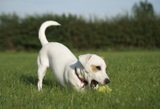
You want your training sessions to be fun!
If your dog enjoys training with you...you will be ahead of the game!
But what is fun?
Well, dogs like treats, play time, petting, attention, going out for walks, interacting with other dogs and much more! Make sure you incorporate 2-3 of your dog's favorite rewards in each training session to keep him/her interested all the time.
If your dog has a short attention span, make play breaks every 3-5 repetitions.
Not moving on to the next step
I always recommend dog parents to move through the steps slowly. It is better to over train your dog and keep him/her happy rather than to go too fast and make your dog frustrated.
BUT...
Don't get stuck in one of the steps afraid to move on. If you move on too fast, you will see your dog unable to keep up with you. You can ALWAYS go back!
If you think your canine is ready keep moving along!
When you feel good about your reliable dog training command...move on to the next one!
- Home
- Dog Commands
- Reliable Dog Training Command
